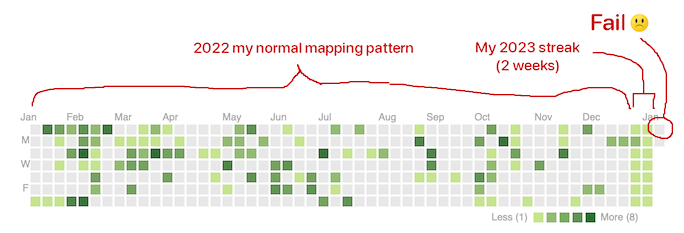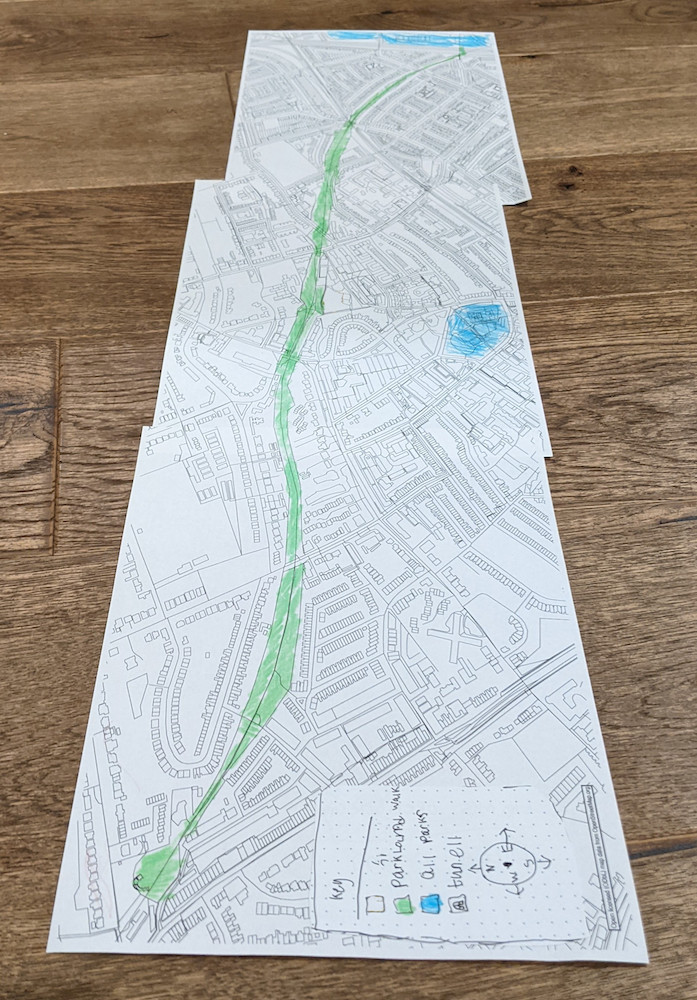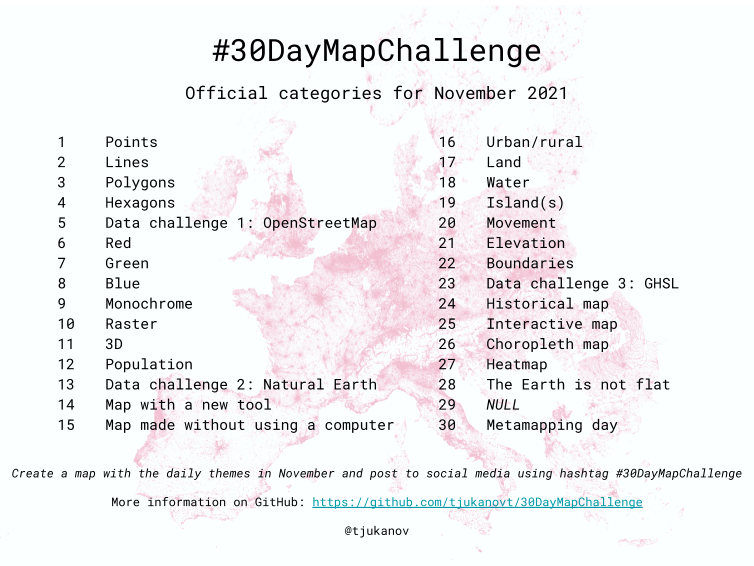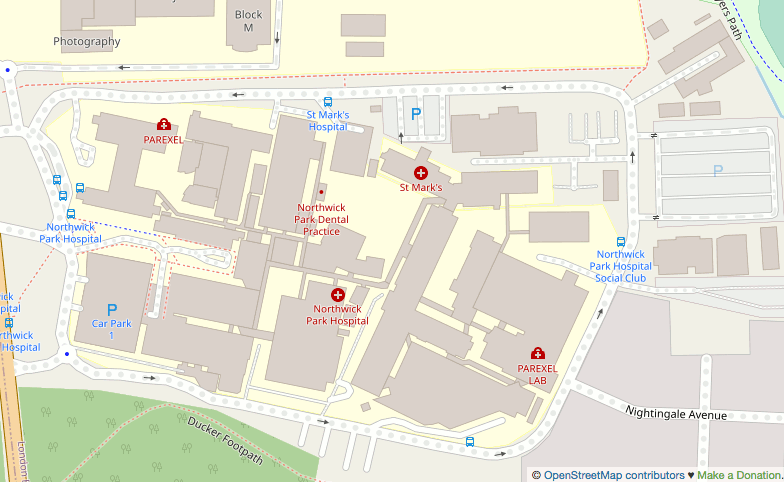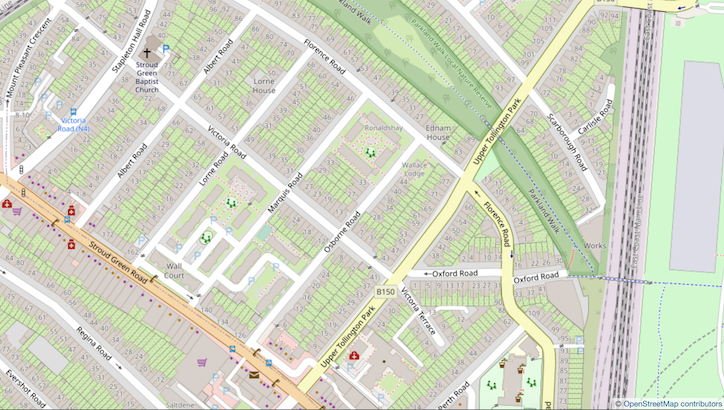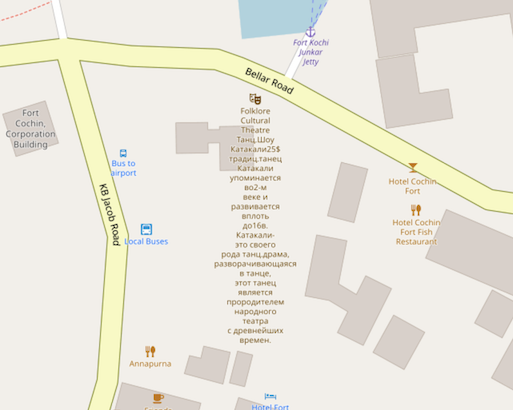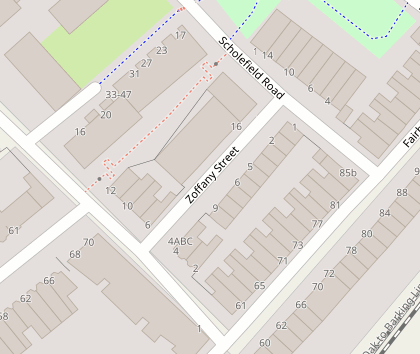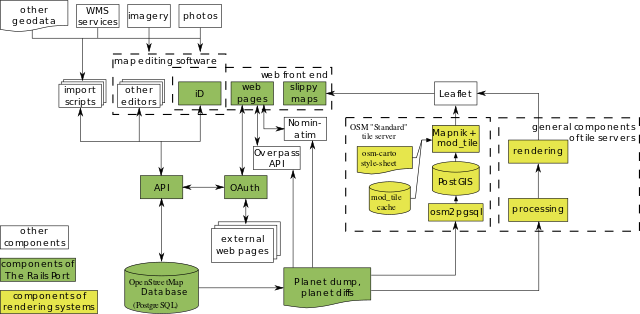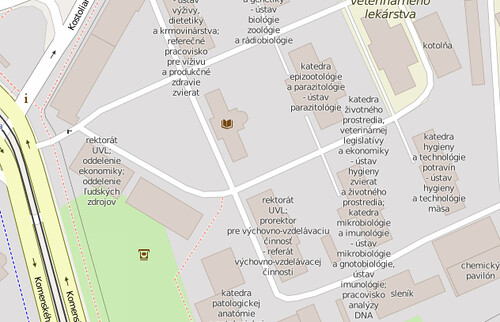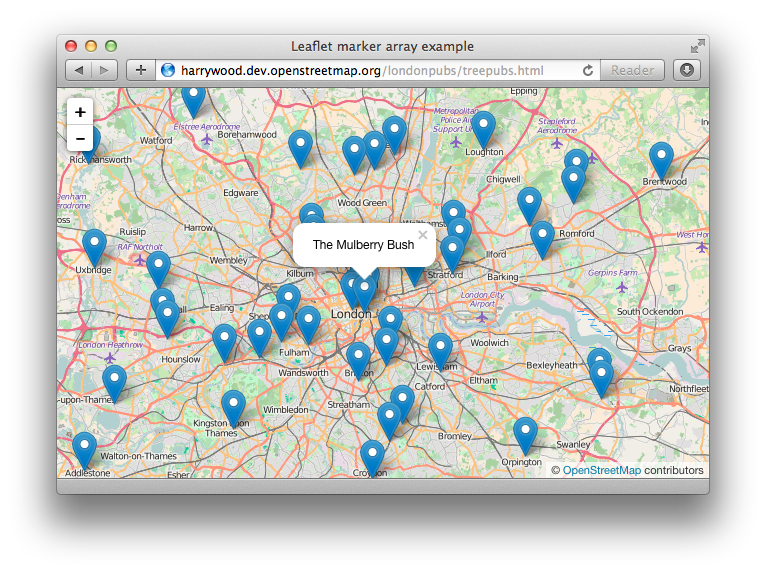On Tuesday we had a London pub meet-up. We are still doing this every couple of months. I stopped writing diary entries about them, but for some reason (for your enjoyment!) I’ve decided to write about this one. So here goes:
We were at the Jack Horner Pub. It’s becoming the default choice in this bit of London where previously I would’ve chosen the Blue Posts (Sam Smiths pub. I still quite like them but there are reasons not to). Meanwhile Fullers make it quite easy to book a table on their website(s), so in uncharacteristically organised fashion, I booked table! but characteristically I arrived quite late. I only booked for 8 people, and that turned out to be about right on this occasion. A small intimate gathering.
We had along Json Singh from india, who just moved to London. I like the way he’s named himself after a file format (I was forgetting to ask him about that). So we talked to him about the state of mapping in India. It sounds like it’s progressing well with lively communities in the cities, although sometimes struggling to build formal organisations, partly because it’s a little bit illegal there, so has to remain a bit underground. That’s mostly because of tensions around showing of borders. I wonder whether vector tiles will soon allow us to do the same slight-of-hand trick that other map providers do, showing different border positions depending on your IP address location. It’s kind of comical how well that trick seems to work to take the heat off. Another thing which is daft, is that there’s no official openly published data on the border position which officially must be shown on maps of india. That would be a basic way of helping assert a particular desired border position. But no.
